
The groundbreaking application of nanobots in cancer treatment offers promising avenues for improving patient outcomes. These microscopic robots, capable of navigating the human body with precision, hold potential for revolutionizing the way we approach cancer therapies. By addressing a variety of challenges in oncology, nanobots provide innovative solutions that could transform cancer care.
Targeted Drug Delivery
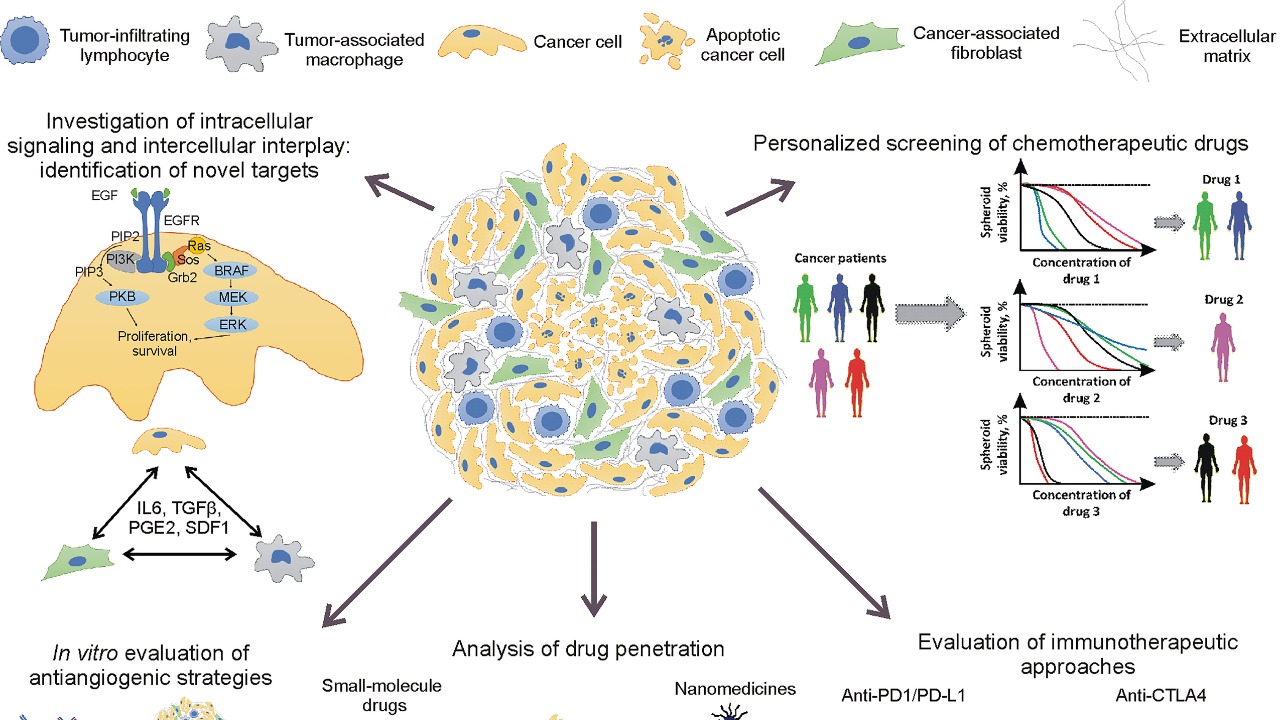
Nanobots can be engineered to deliver drugs directly to cancer cells, minimizing damage to healthy tissues. This targeted approach enhances the efficacy of chemotherapy while reducing its notorious side effects. Researchers are developing nanoscale carriers that can release therapeutic agents precisely where they are needed, making treatment more effective and patient-friendly. This technology not only promises better outcomes but also improves patients’ quality of life.
One example is the use of liposomal nanoparticles, which have been shown to target tumor cells accurately. These nanobots can navigate through the bloodstream and home in on cancerous tissues, providing a more efficient delivery mechanism compared to traditional methods.
Precision Surgery
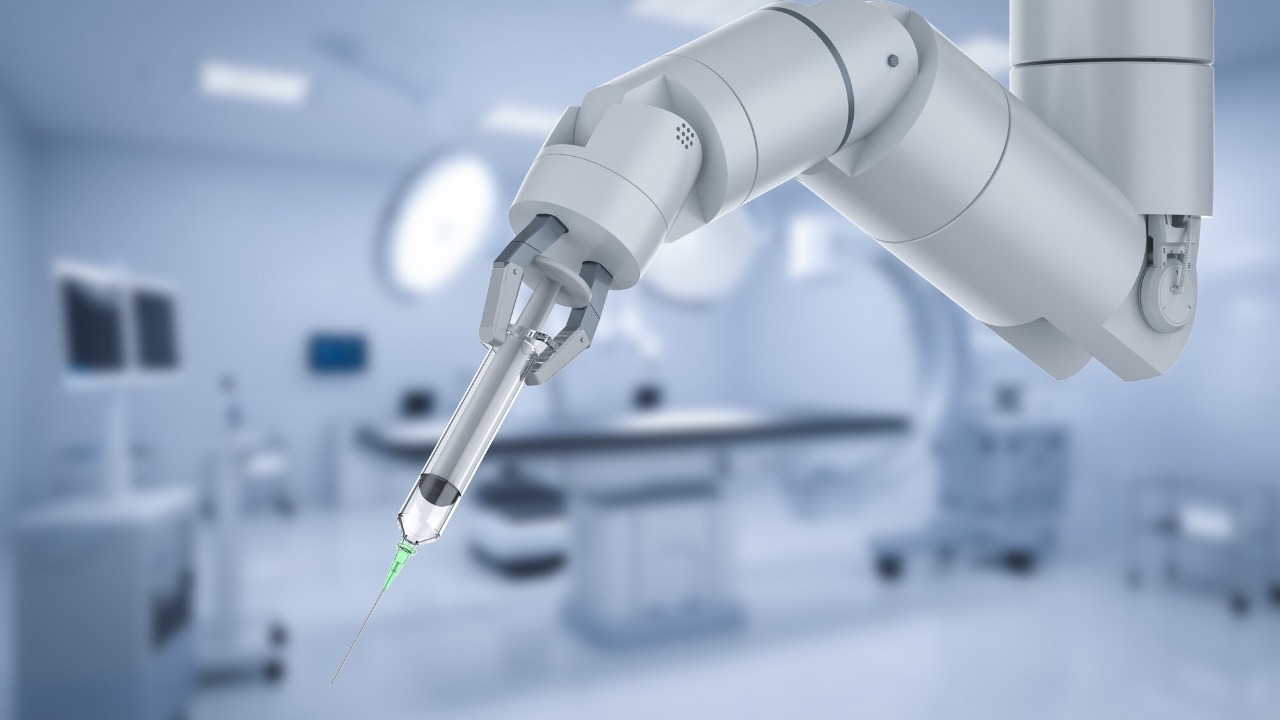
Nanobots offer the potential for precision surgery that could revolutionize oncological procedures. By navigating through the body’s complex anatomy, these tiny robots can identify and eliminate cancerous tissues while sparing healthy ones. This precision reduces the risk of complications and enhances recovery times for patients.
In recent studies, researchers have explored using nanobots to perform minimally invasive surgeries. These minuscule machines can operate with extreme accuracy, reducing the likelihood of collateral damage and improving surgical outcomes.
Immunotherapy Enhancement
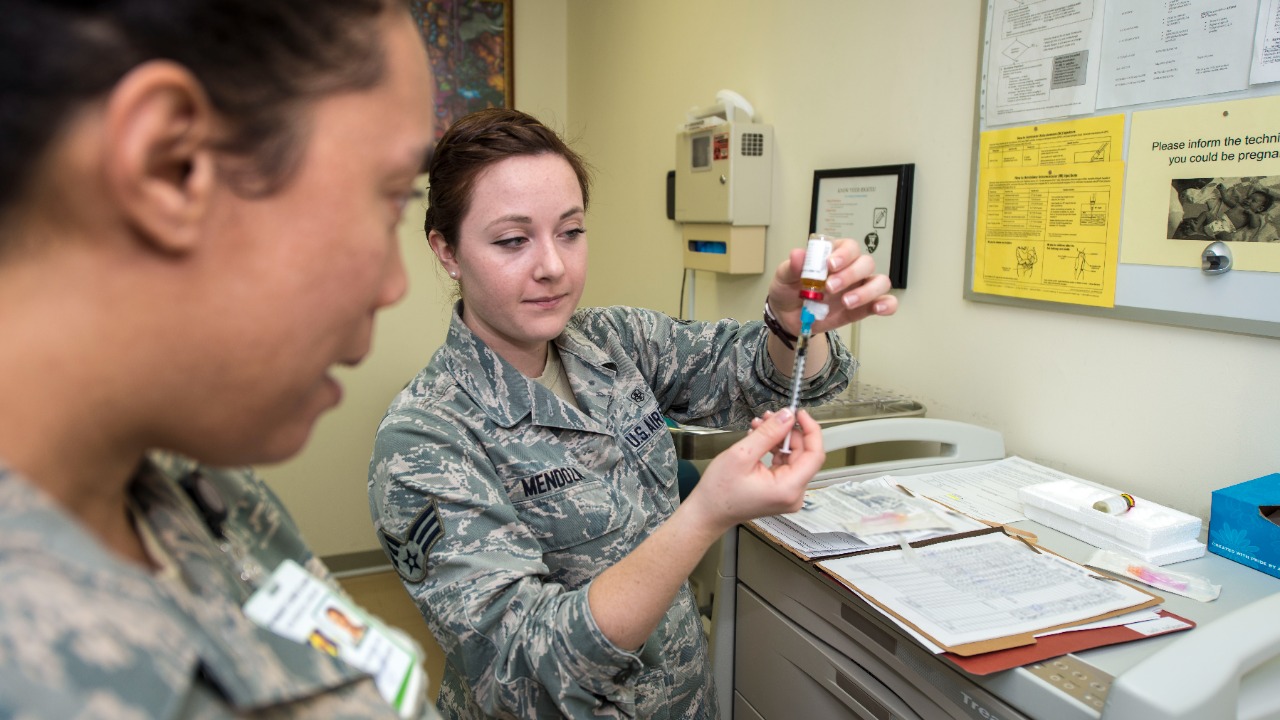
Nanobots can play a significant role in enhancing immunotherapy, a treatment that harnesses the body’s immune system to fight cancer. By delivering immune-boosting agents directly to the tumor site, nanobots can amplify the body’s natural defenses against cancer cells. This targeted approach increases the effectiveness of immunotherapy and enhances its ability to eradicate tumors.
By improving the delivery of cytokines and other immune modulators, nanobots can significantly boost the immune response, making it a valuable tool in the oncologist’s arsenal.
Early Detection and Diagnosis
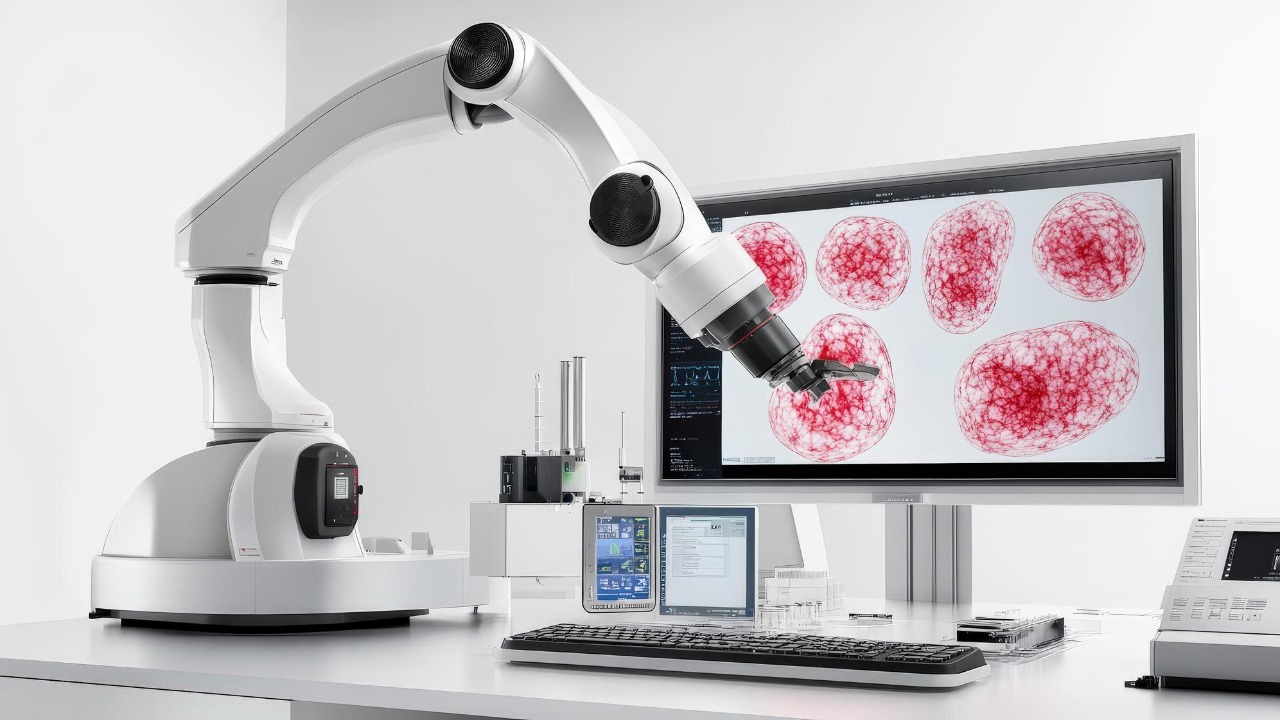
The ability of nanobots to identify cancer at its earliest stages is a game-changer in oncology. These robots can be designed to detect molecular markers associated with cancer, allowing for early intervention and treatment. Early detection is crucial in improving survival rates, and nanobots offer a promising solution for achieving this goal.
Using advanced imaging techniques, nanobots can provide detailed insights into tumor characteristics, offering valuable information for diagnosis and treatment planning. This capability enhances the accuracy of diagnostic procedures and enables timely medical intervention.
Real-time Monitoring
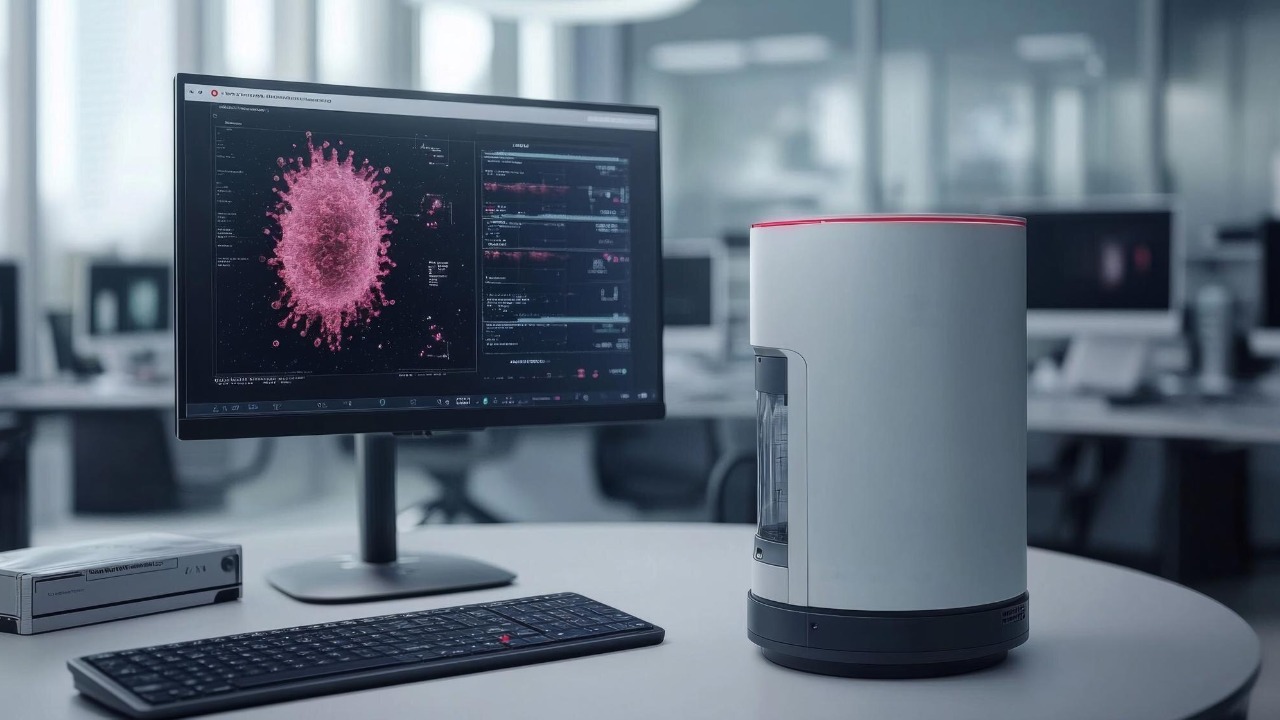
Nanobots can be used for real-time monitoring of cancer progression, offering continuous insights into how a tumor responds to treatment. By providing a stream of data, these tiny robots enable oncologists to make informed decisions about therapy adjustments, optimizing patient care.
This real-time feedback loop is invaluable for adapting treatment plans to the dynamic nature of cancer, ensuring that therapies remain effective over time.
Gene Therapy
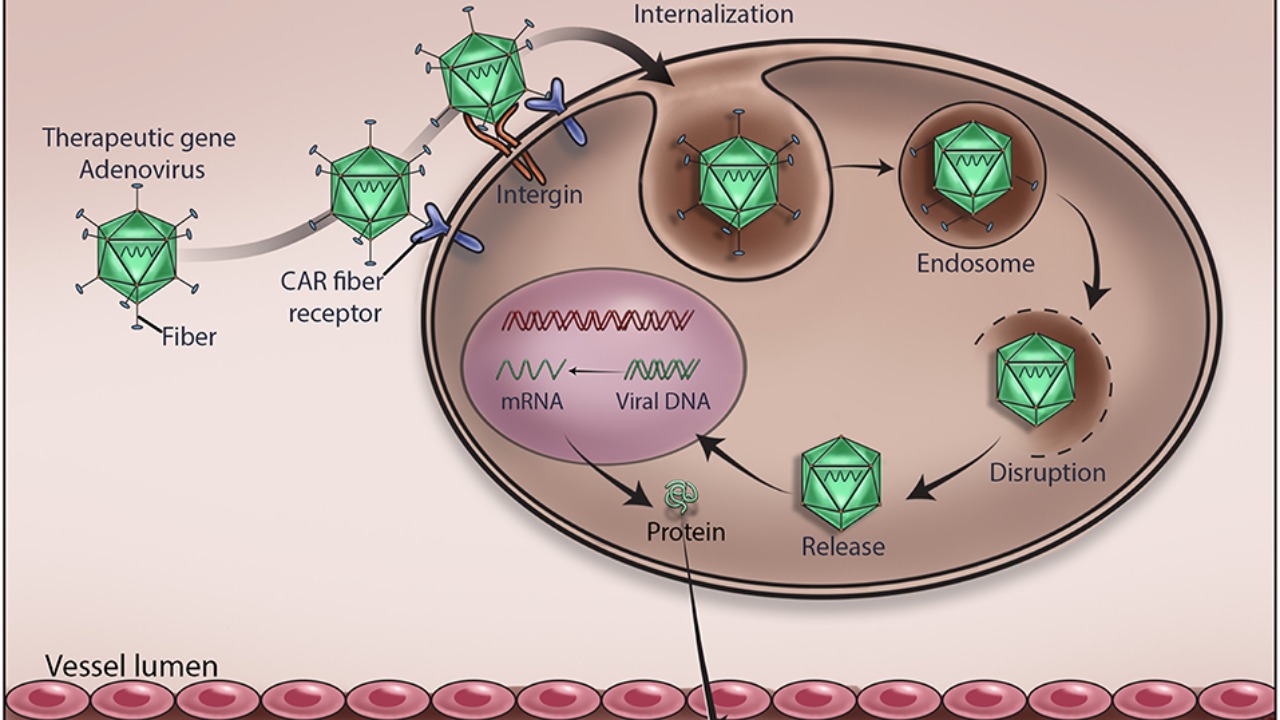
Nanobots hold promise in the field of gene therapy, where they can be used to deliver genetic material to cancer cells. By modifying the genes within these cells, nanobots can disrupt their ability to proliferate, effectively halting tumor growth. This approach offers a novel way to combat cancer at the molecular level.
Recent advancements in nanotechnology have made it possible for these tiny robots to carry therapeutic genes and deliver them precisely where needed, opening new avenues for personalized cancer treatments.
Minimizing Side Effects

One of the most significant advantages of using nanobots in cancer treatment is their ability to minimize side effects. By delivering drugs directly to cancer cells, nanobots reduce the systemic exposure to toxic agents, sparing healthy tissues from damage. This targeted approach means patients experience fewer adverse effects, leading to a better quality of life during treatment.
Nanobots can also be programmed to release their payloads in response to specific environmental triggers, further enhancing their precision and reducing the likelihood of unintended harm.
Tumor Mapping

Detailed tumor mapping is essential for effective cancer treatment, and nanobots can significantly enhance this process. By providing high-resolution images of tumor architecture, these robots enable oncologists to understand the intricacies of tumor growth and spread. This information is vital for planning surgical interventions and tailoring treatment strategies.
Nanobots equipped with imaging capabilities can navigate through the tumor microenvironment, offering real-time data that enhances the accuracy of tumor characterization and treatment planning.
Drug Resistance Circumvention
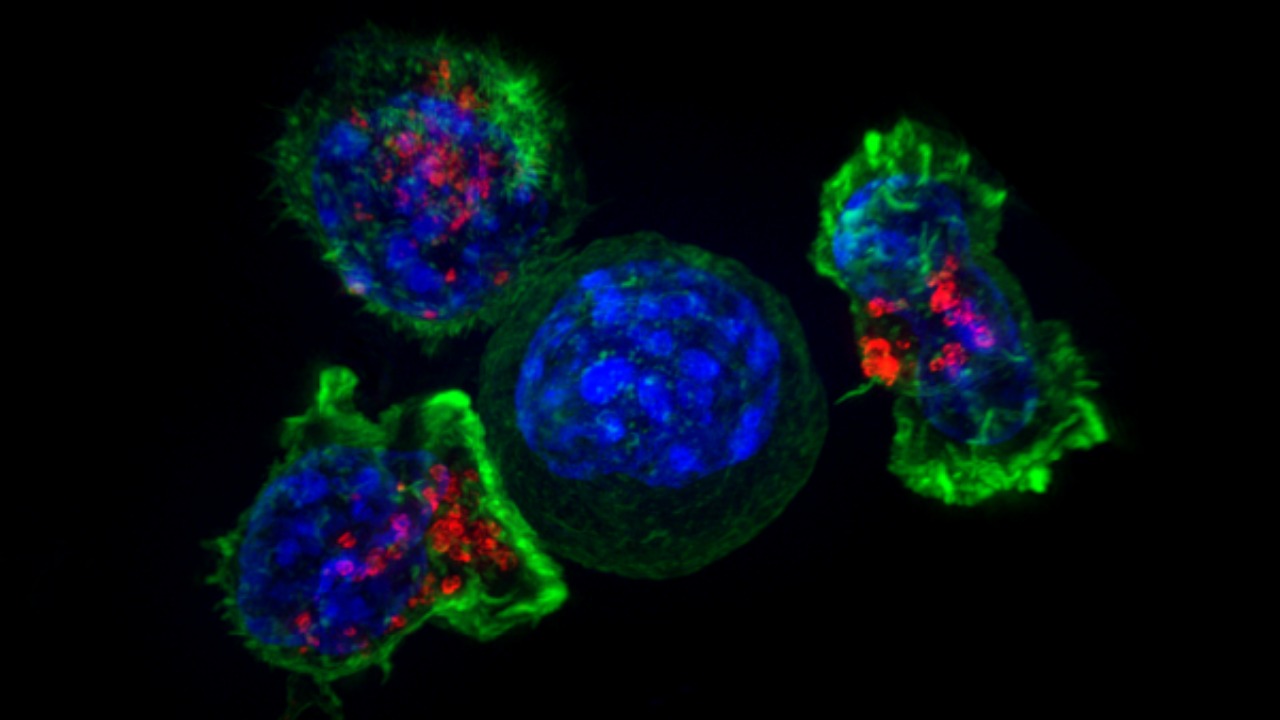
Cancer cells can develop resistance to drugs over time, making treatment challenging. Nanobots offer a solution by delivering combination therapies that target multiple pathways simultaneously. This approach reduces the likelihood of resistance and improves the chances of successful treatment outcomes.
By employing nanobots to administer a cocktail of drugs, researchers aim to outmaneuver cancer’s adaptive capabilities, ensuring therapies remain effective in the long term.
Regenerative Medicine

Incorporating nanobots into regenerative medicine offers exciting prospects for cancer patients. These robots can facilitate tissue repair and regeneration, addressing the damage caused by tumors and treatments. By promoting healthy cell growth, nanobots aid in the recovery process, improving patient outcomes.
Research into the use of DNA-based nanobots has shown potential in regenerating tissues affected by cancer, offering hope for comprehensive recovery and improved quality of life post-treatment.